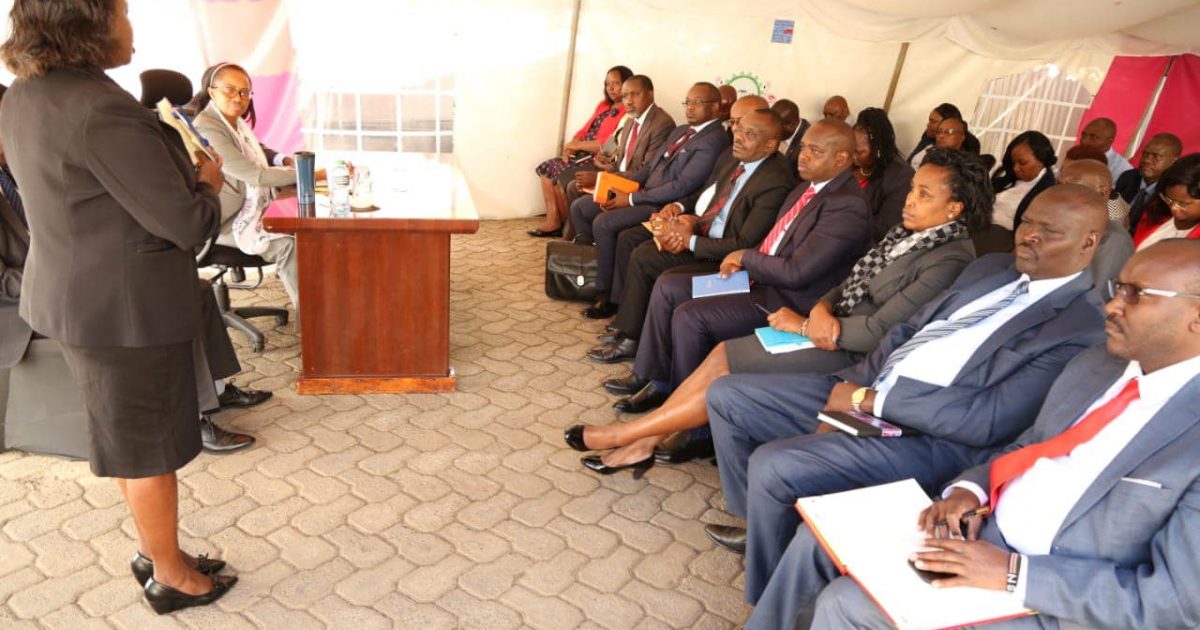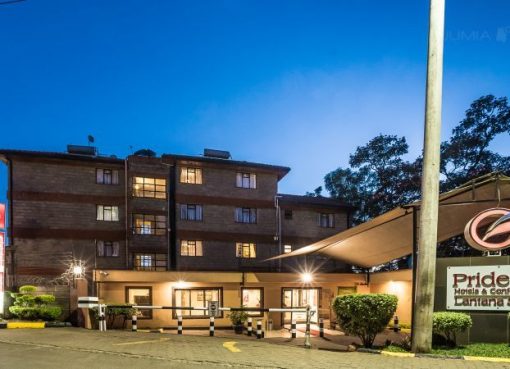The County Government of Nakuru is developing and implementing strategies to enhance the utilization of funds allocated for development activities in the coming financial year.
Governor Susan Kihika indicated her administration will ensure the absorption rate of the devolved unit’s development allocations increases to more than 30 per cent.
Ms Kihika stated that development expenditure was critical in the county because it includes building infrastructure like roads and sewerage and putting money in private hands through demand for raw materials, which ultimately creates new jobs.
Speaking when she chaired a meeting of County Executive Committee Members and Chief Officers, the County boss said an absorption rate of less than 30 per cent of the devolved unit’s development allocations could hurt the momentum in the execution of crucial plans on roads, water, agriculture and health.
“We are committed to increasing the absorption rate of development budgetary allocations to more than 30 per cent. Less spending on development means stifled growth in the county. Low absorption of the development budget can only indicate that we are not prioritizing the implementation of development projects,” added the Governor.
She assured residents that under her watch no high wage payments will be made through manual systems and vouchers, which are prone to abuse and may lead to the loss of public funds due to a lack of proper controls.
Government policy requires that high wage payments be processed through the Integrated Personnel and Payroll Database.
The County, she observed, had put in place integrated electronic payment mechanisms and systems aimed at expanding its revenue base and increasing tax compliance.
Proponents of the e-payment platforms say they have either eliminated or reduced corruption and leakages by allowing customers to pay bills without visiting county offices.
Ms Kihika further pointed out that the county was implementing measures to enhance own- source revenue collection in order to ensure the budget is fully financed.
“We are also monitoring the performance of our own source revenue mobilization with a view of making budget adjustments during the supplementary budget process. Relying on one major own-source revenue can expose us to fiscal shocks occasioned by a dip in our main revenue source,” observed the Governor.
She admitted that her administration was grappling with a nightmare of unfinished projects which have stalled and which she plans to fund and fast-track to completion before launching her own.
The projects include a Sh900 million building that will serve as the county headquarters, the Sh600 million Naivasha wholesale markets, Sh240 million Naivasha fish market, and a Sh600 million bus terminus in Nakuru City.
The first phase of the three-storey Naivasha wholesale market, whose construction started early last year and is expected to cost Sh149 million, is 80 percent complete. The market is being constructed under the Kenya Urban Support Programme.
The renovation of Afraha Stadium in Nakuru City is also underway. The Sh348 million project kicked off a year ago.
In the health sector, Ms Kihika will have to ensure the completion of a Sh118 million oxygen plant at the Nakuru Level Five Hospital, a Sh760 million ultra-modern outpatient wing at the same hospital as well as the Sh150 million upgrade of the Molo Sub-county hospital.
Other projects include; completion of level four facilities started in various parts of the county.
Governor Kihika has also inherited a series of projects within Nakuru City including the Sh80 million street-lighting and drainage project in the central business district.
By Anne Mwale





